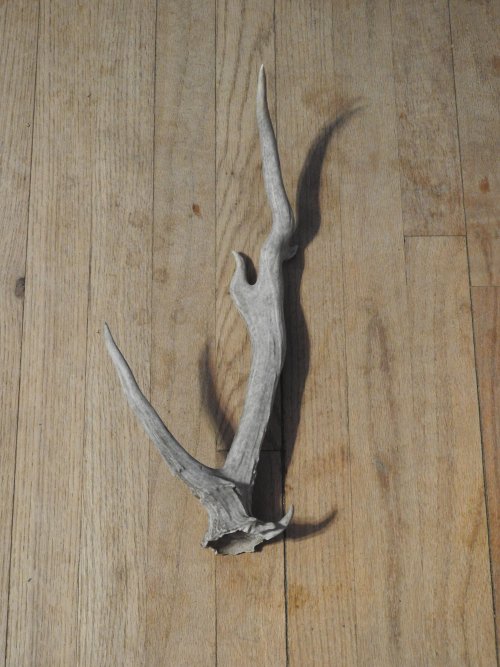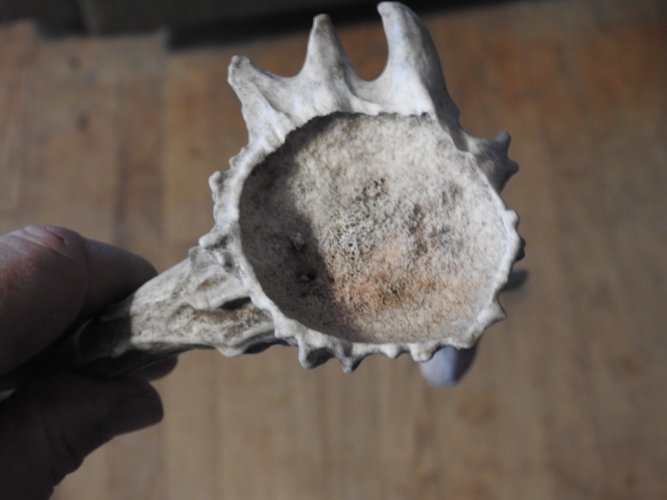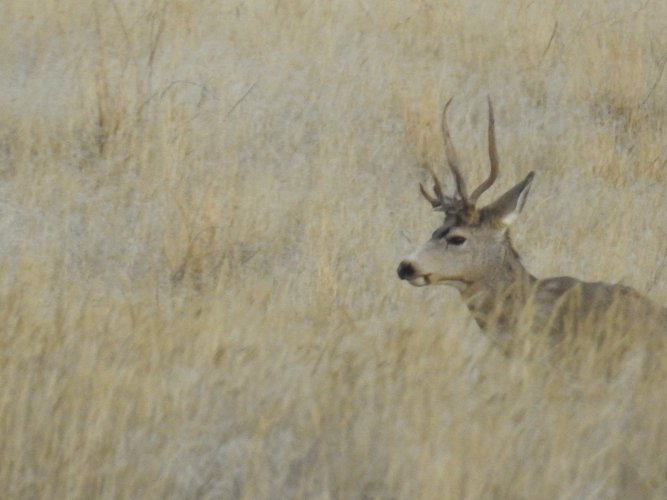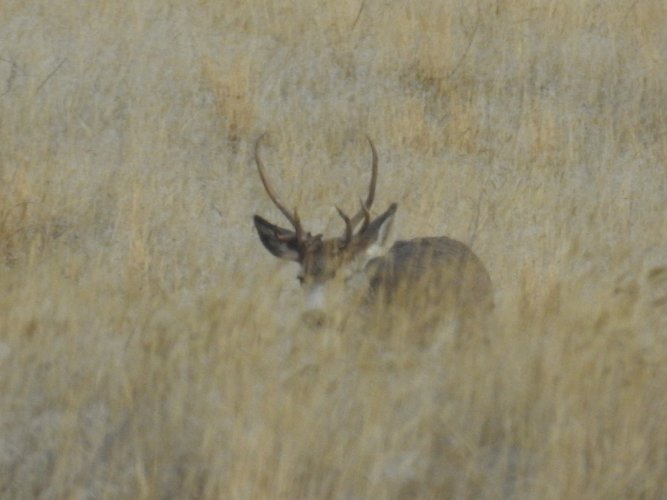DDot
Member
- Joined
- Dec 13, 2021
- Messages
- 14
Follow along with the video below to see how to install our site as a web app on your home screen.
Note: This feature may not be available in some browsers.
I was actually about to say likely a result of testes damage resulting in abnormal testosterone production affecting antler growth.Probably a “cactus buck”.
Decent little fact sheet. It was put out by Oregon DFW but info is relevant anywhere:
no probably about it.Probably a “cactus buck”.
Decent little fact sheet. It was put out by Oregon DFW but info is relevant anywhere:
Does he find lots of them or is he buying/trading for them?A good friend of mine has the largest collection of these kind of antlers of probably anyone on the planet. He's a bit of weirdo.guessing he has over 200 sheds and racks.
@Hunting Wife, do you know more about this.I have heard that EHD can cause this.
It can, particularly in mule deer which more often survive infection. EHD, being a hemorrhagic disease, affects the vasculature. It can affect vasculature of the velvet itself, which impacts that year’s antler growth and velvet shedding. This is observed relatively commonly. But it can also affect vasculature to organs, including testes. This can cause permanent tissue damage and disregulation of hormones, which in turn can result in abnormal antler growth long-term. It’s not the only cause, but definitely see some weird antlers in areas with EHD.I have heard that EHD can cause this.
Same, we had a bad outbreak a few years ago. Killed a ton of whitetails. We also had mule deer bucks that were shedding in October and November. The next year we had quite a few mule deer bucks getting shot that were still in full velvet, most were normal antler configurations thoughI have heard that EHD can cause this.
abnormal teste function



